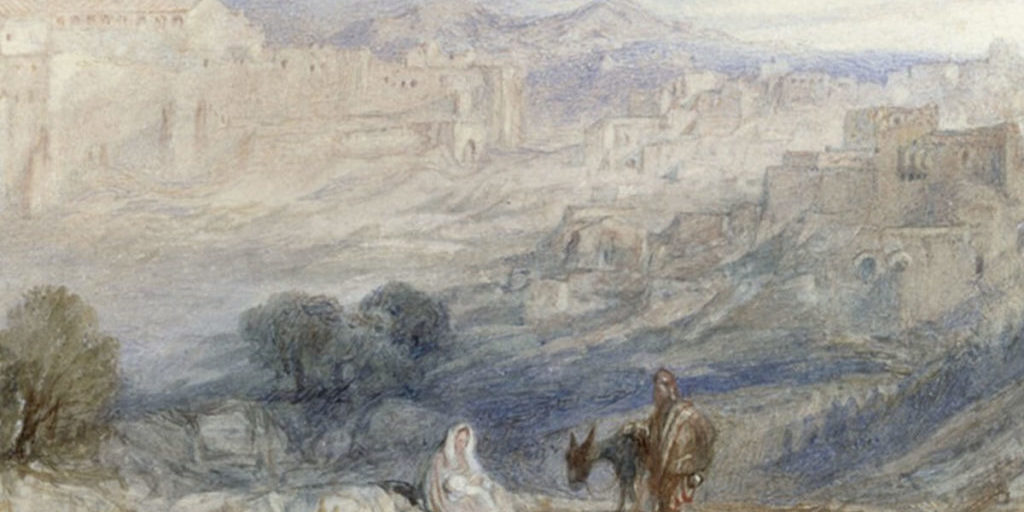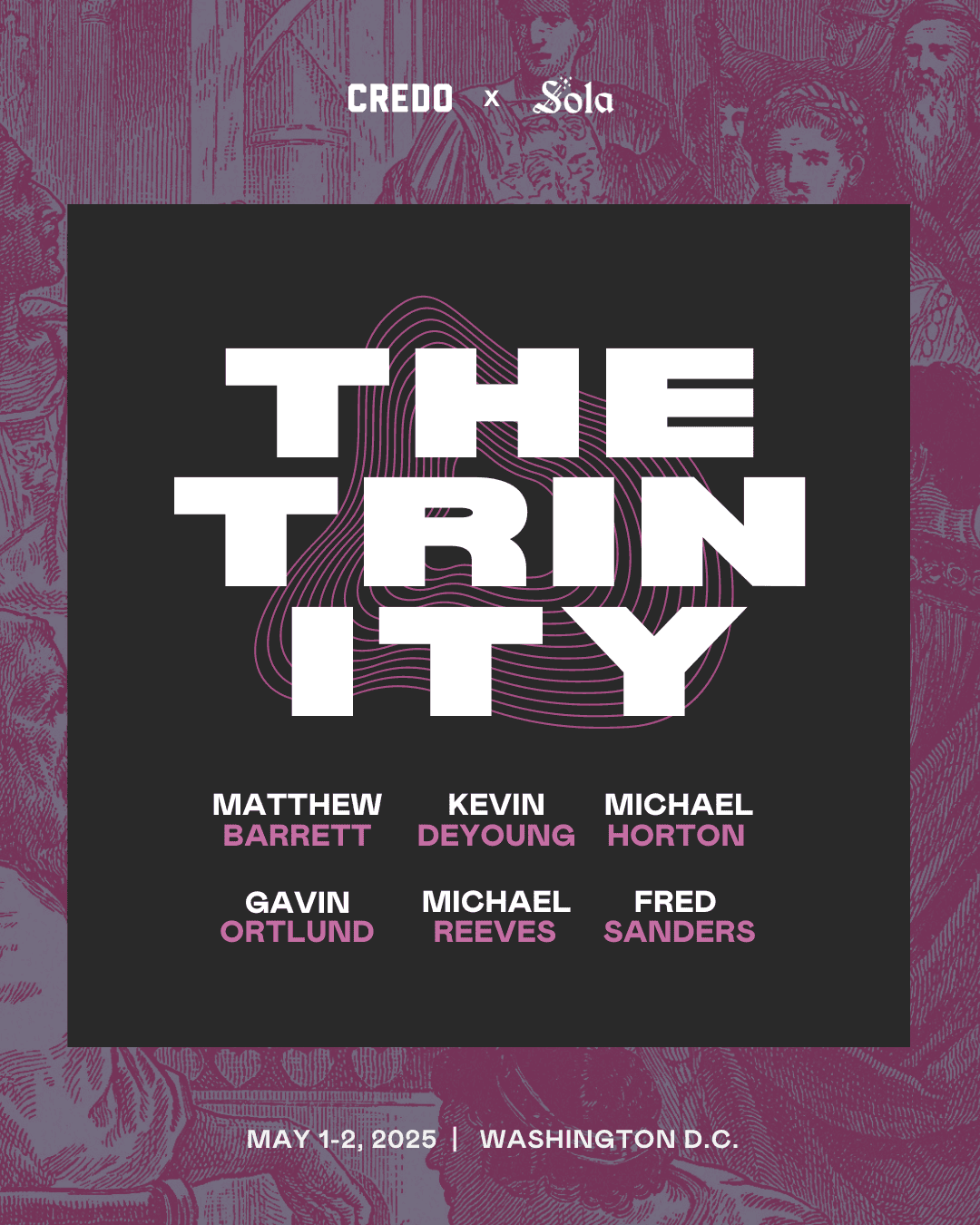
How to Read Hosea Theologically: Part 1
Reading Hosea Canonically: The Law and the Prophets
At the time of our Lord Jesus, and still today wherever the Hebrew Old Testament is read, it was customary to speak of three major divisions of the Old Testament: Torah (Law of Moses), the Prophets (Nebi’im), and the Writings (Ketuvim).[1] The Hebrew Old Testament is known by its acronym TaNaK or Tanakh, A book in the Tanakh belongs to one of these three divisions. For example, Hosea belongs to the Prophets, but also to the Book of the Twelve which is considered as ONE book in the Hebrew Old Testament, unlike the English Bible which has twelve separate books known as “the Minor Prophets.” In the Tanakh, the Book of the Twelve is part of the Latter Prophets together with Isaiah, Jeremiah, and Ezekiel, in distinction from the Former Prophets (see below). The Torah (Pentateuch) functions as a hub around which the Prophets are clustered.
The Mosaic Center (Torah)
The revelation of God to Moses was the control, and the Prophets, by the inspiration of the Spirit, applied and appropriated the Pentateuch (Moses) to their age (Deut. 18:15). No prophet spoke without reflecting on Moses’ message affirming that there is only one God on whom the whole creation is dependent, who graciously upholds creation by his Spirit, who made a covenant with the Patriarchs, and who elected and consecrated Israel. He revealed the glory of his name to Moses, “The LORD, the LORD, the compassionate and gracious God, slow to anger, abounding in love and faithfulness, maintaining love to thousands, and forgiving wickedness, rebellion and sin. Yet he does not leave the guilty unpunished; he punishes the children and their children for the sin of the fathers to the third and fourth generation” (Exod. 34:6-7).
He is the redeemer God who providentially works out his purposes in blessing and in judgment (Deut. 29). Moses forewarned Israel of her being exiled from the Promised Land, because of disobedience (31:16-29). Having seen his glory, Moses invites Israel to seek the face of God by returning to their compassionate and forgiving God, by circumcising their hearts, by clinging to him, and by hearing his voice, “The LORD your God will circumcise your hearts and the hearts of your descendants, so that you may love him with all your heart and with all your soul, and live” (Deut. 30:6).
God revealed his glory to Israel through Moses (2 Cor 3:7). God in his very being is a self-communicating, loving, patient God who blesses and judges humans. He is the King of Creation, the Father of his Children, a committed Lover of his people, and the Judge of all who resist him. God reaches out to humans in love. Again, and again he has come to his own, but his own refused to receive him. Stephen’s charge against Israel summarizes the prophetic charges,
You stiff‑necked people, with uncircumcised hearts and ears! You are just like your fathers: You always resist the Holy Spirit! Was there ever a prophet your fathers did not persecute? They even killed those who predicted the coming of the Righteous One. And now you have betrayed and murdered him ‑‑ you who have received the law that was put into effect through angels but have not obeyed it. (Acts 7:51-53).
The voice of Moses is heard in the Prophets, in Jesus’ teaching, and in the apostolic writings. But Israel did not apprehend Moses, “Even to this day when Moses is read, a veil covers their hearts” (2 Cor 3:15).
The Prophets (Nebi’im)
Moses had seen something of God’s glory at Mt. Sinai (Exod. 33:18; 40:34-35). The Prophets claim that they too have witnessed the revelation of God’s glory (Isa. 6; Ezek. 1). In the Hebrew Bible the Prophets are grouped into the Former and the Latter Prophets. The four Former Prophets — Joshua, Judges, Samuel, Kings – lay out the story of God’s patience with Israel’s rebelliousness while the Mosaic warnings, threats, and curses (Deut. 28-29) were hanging over Israel from Joshua to the exile of the Southern Kingdom (586 BC). They give a coherent theological account of the interaction between God, Israel, and the surrounding nations from the death of Moses to the Exile of Judah.
The four Latter Prophets — Isaiah, Jeremiah, Ezekiel, the Twelve — further explain the reasons for the Exile, but also project God’s compassionate love for his people and the nations, as well as his goal of the ultimate redemption of the world. In the progress of redemption and revelation, God revealed his glory in Jesus Christ (John 1:14). The prophets had anticipated this greater revelation of God’s glory associated with the messianic age and the coming of the Spirit, but did not know the manner nor the timing of God’s salvation in Christ (1 Pet 1:10-11). God is One, and the Scriptures are unified. Though we have a Two-Testament Bible, there is one wise and glorious God and one Gospel in Jesus Christ. Salvation is accomplished and applied by the Triune God: Father, Son, and Holy… Share on X
The apostle Paul opens the epistle to the Romans with a reflection on his apostolic calling. He was “set apart for the gospel of God the gospel he promised beforehand through his prophets in the Holy Scriptures regarding his Son.” This Gospel was already spoken of in the Law and the Prophets (3:21). It was hidden and revealed “so that all nations might believe and obey him to the only wise God be glory forever through Jesus Christ! Amen. (Rom. 16:26). The gospel promised, hidden, and revealed discloses God’s wisdom, “to the only wise God be glory forever through Jesus Christ! Amen” (Rom 16:27). God is One, and the Scriptures are unified. Though we have a Two-Testament Bible, there is one wise and glorious God and one Gospel in Jesus Christ. Salvation is accomplished and applied by the Triune God: Father, Son, and Holy Spirit. Scripture reveals both unity and diversity.
Wisdom and Writings (Ketubim)
In the Hebrew Bible, the Prophets track with Moses and lay the foundations of two movements: Wisdom and Writings. The Wisdom (Poetic) Books of the Old Testament — Psalms, Job, Proverbs, Ruth (model of wisdom), Song of Songs, Ecclesiastes, and Lamentations — invite the citizens of the Diaspora to live wisely unto God wherever they may find themselves. The Writings (Esther, Daniel, Ezra, Nehemiah, Chronicles) give mirror images of life before, during, and after the Exile These “historical” witnesses strongly affirm the continuity of the Mosaic heritage,[2] but also anticipate the negative side of the Law: legalism.[3] The potentially paradoxical tension between Wisdom and the “historical” reflections on the implementation of the law.
The Lord Jesus addressed the separation of the Prophets from the Law. He did not tolerate any separation or confluence. The tension of Law and Gospel has many metaphors: children of the slave woman and children of the free woman, Zion and Sinai or the heavenly and the earthly Jerusalem (Matt. 5:21; Gal. 4:25-26, 31; Heb. 12:18-22).[4] Paul, having grown up and educated as a Pharisee, clearly saw the dangers inherent in legalism. Legalism constricts the Gospel and blinds people from seeing Jesus as the Son of God. The leaders of the Early Church, such as Irenaeus, spoke of the Rule of Faith according to which the witness of all parts of Scripture is harmonious, though complex. The Two-Testament Bible “calls for faith, for patient listening, and for the identification of a place of obedient standing within its logic and its promise, in accordance with its form, its character, and its soaring literal sense.”[5]
*This is part one of a three part series. See parts two and three.
Endnotes
[1] Luke 24:27, 44.
[2] Ezra was a teacher of the Law of Moses,” this Ezra came up from Babylon. He was a teacher well versed in the Law of Moses, which the LORD, the God of Israel, had given. The king had granted him everything he asked, for the hand of the LORD his God was on him” (Ezra 7:6).
[3] The Chronicler observes how Hezekiah celebrated the Passover by changing the time of the celebration, extending the seven day celebration to two weeks, and gave time for the priests to consecrate themselves. All these changes aided his purpose of bringing together a remnant from the Northern Kingdom together with the people of Judah (2 Chron. 30). He compares the joy of the festival with the time of Solomon, some 200 years earlier, “There was great joy in Jerusalem, for since the days of Solomon son of David king of Israel there had been nothing like this in Jerusalem. The priests and the Levites stood to bless the people, and God heard them, for their prayer reached heaven, his holy dwelling place. 2 Chron 30:26-27). Hezekiah’s freedom reveals a heart of wisdom and challenges the leaven of legalism.
[4] For a Jewish perspective of this tension, see Jon D. Levenson Sinai and Zion. An Entry into the Jewish Bible (Minneapolis: Winston Press, 1985).
[5] Christopher R. Seitz, The Goodly Fellowship of the Prophets: The Achievement of Association in Canon Formation (Grand Rapids: Baker, 2009), 125.

